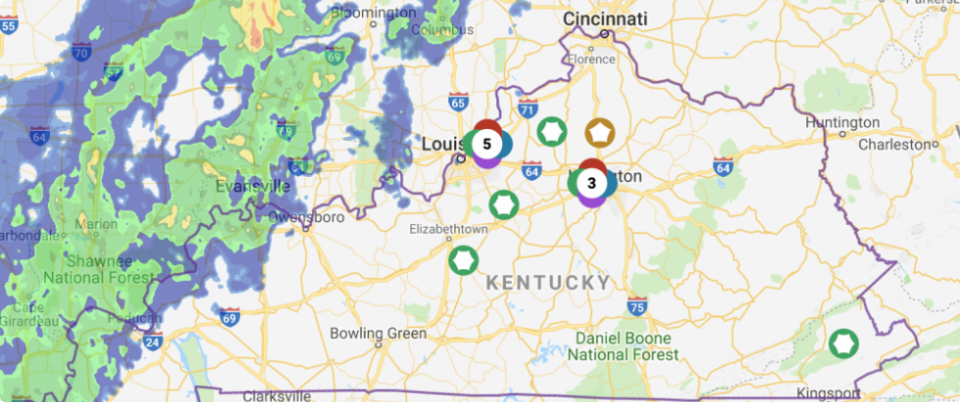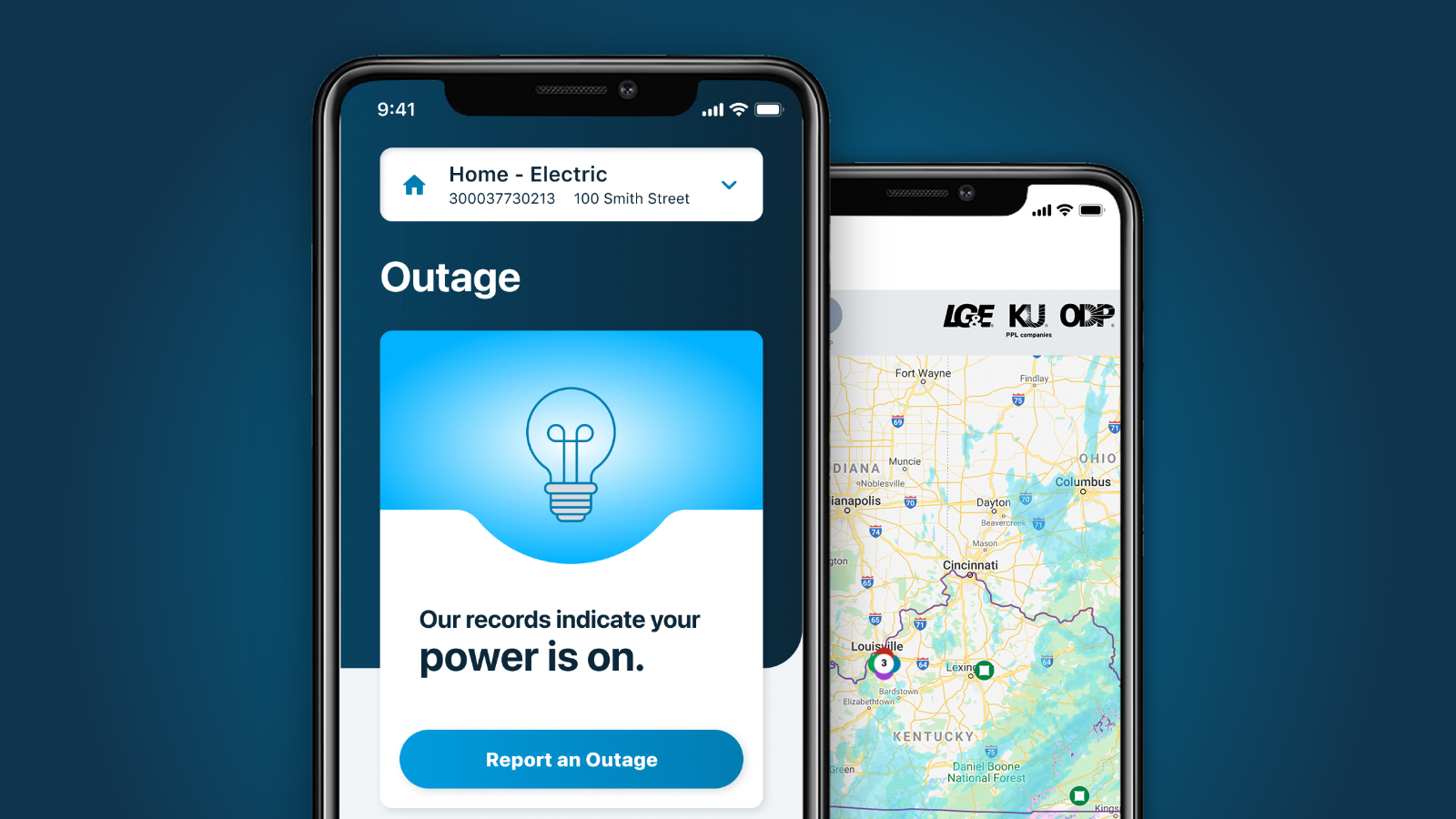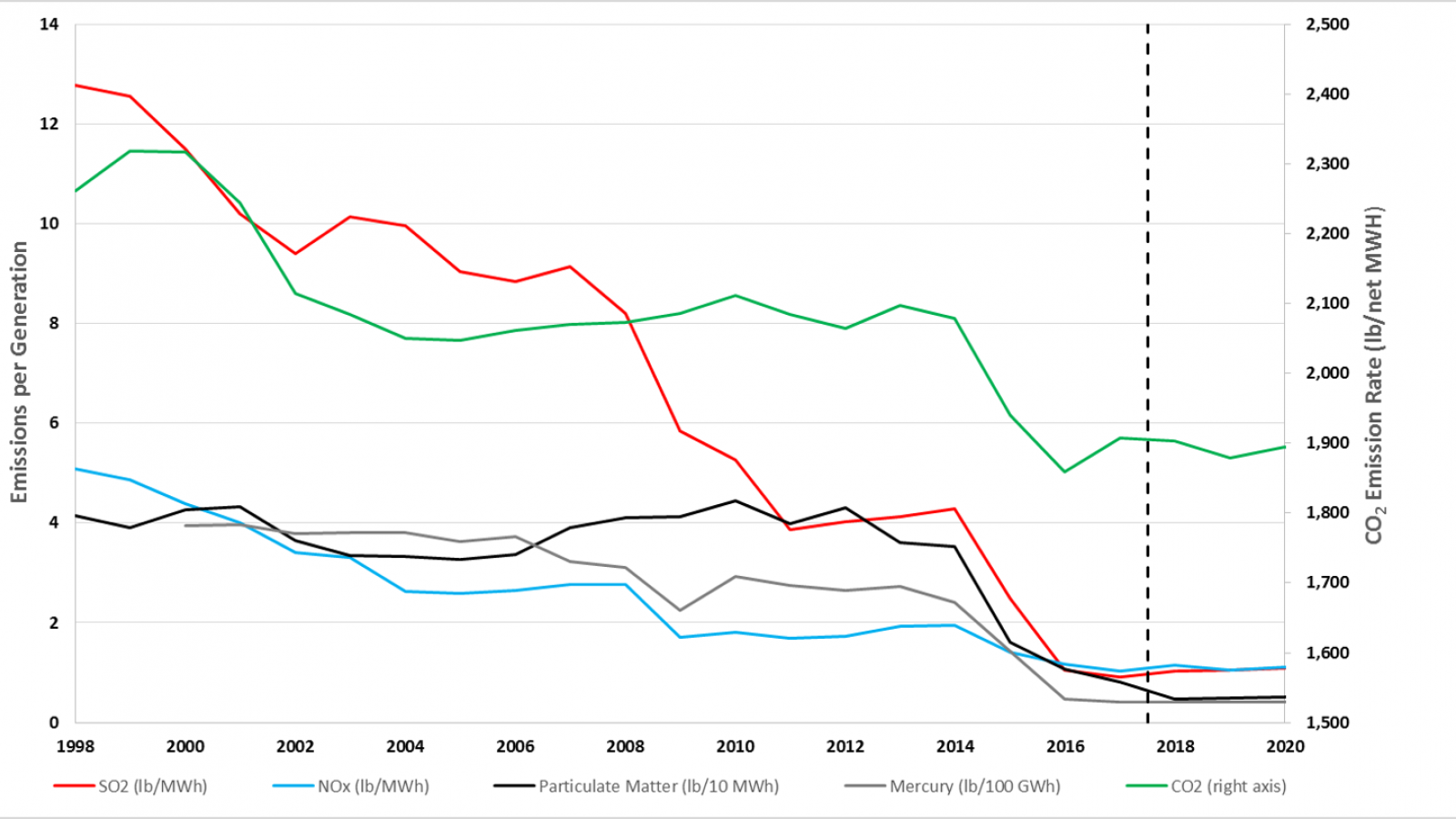Plans included constructing additional environmental controls at the company's E.W. Brown, Ghent, Mill Creek and Trimble County power plants to further reduce sulfur dioxide and nitrogen oxide emissions, as well as installing state-of-the-art technology to control mercury and fine particulates.
Keeping close watch on budgets and schedules throughout the process, the projects met all of their performance guarantees while coming in about $300 million under the original estimates.
As many as 4,000 construction personnel worked on the projects during any typical week, around the clock, putting in more than 14 million man-hours in total. In some instances, older structures were first demolished to make room for the new control equipment.
These efforts were accomplished with an outstanding overall safety incident rate just below 0.7, compared to the industry average for this type of work at 3.9.
Incredibly, throughout the entire construction period, each plant continued operating around the clock to generate the instantaneous electricity needed to power LG&E and KU customers’ homes and businesses.
This achievement was accomplished while also upgrading the Ohio Falls hydroelectric plant, and executing natural gas combined-cycle unit known as Cane Run 7 and other large-scale projects across its plants.
As part of company plans, LG&E and KU also retired 800 megawatts of coal-fired generation from its Cane Run, Tyrone and Green River power plants.


